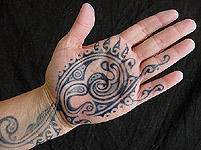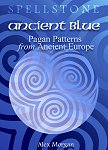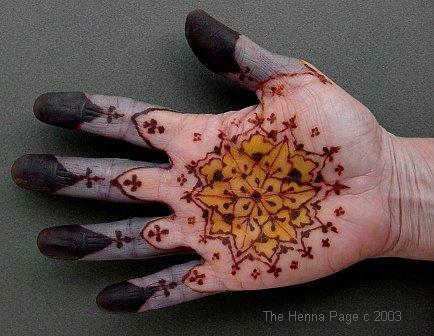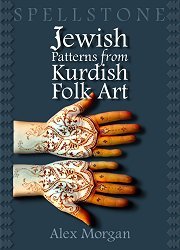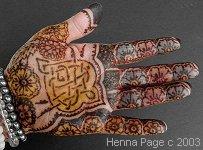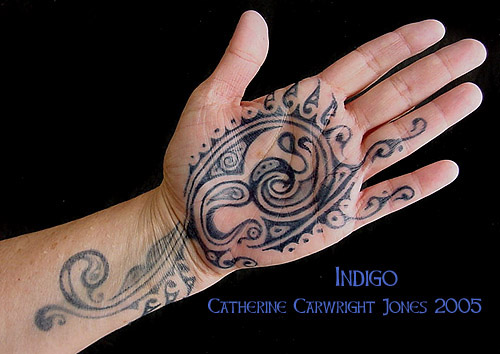 Instructions for using indigo
as body art are at IndigoPage: Introduction
to Indigo Skin Art: http://www.spellstone.com/indigo/how/skin.htm
Reapplication Technique: http://www.spellstone.com/indigo/how/skin2.htm Step-by-Step Guide: http://www.spellstone.com/indigo/how/skin5.htm Paste Resist Technique: http://www.spellstone.com/indigo/how/skin3.htm Stain Characteristics and Demise: http://www.spellstone.com/indigo/how/skin4.htm Indigo has been used as a body adornment almost as long as
henna, since
the neolithic period. Indigo can be derived from three
plants:
indigo (Indigofera), which grows in tropical climates, woad (Isatis
tinctoria)
and Dyer's Knotweed (Polygonum tinctorum) which grow in temperate
climates.
All three have the same dye molecule: indigo. Is indigo safe for you? FD&C Blue No. 2, FDA
approved blue
coloring is purified indigo. It's in your food, in your soaps and
shampoos, in your cosmetics. Most people have had their skin
accidentally
stained with indigo at least once, from wearing new Levi's, or other
indigo
dyed clothing, on a hot day. Excess indigo in the fabric and
sweat
stains skin blue. Get supplies for safe indigo body art Learn much more about indigo at IndigoPage.com
Want a henna pattern book that has patterns that use henna
with shading,
turmeric and indigo?
How do you find out
"how"?
Look in Can't find what you want here? Try The Henna Page Main Index. |
